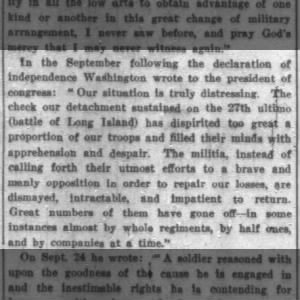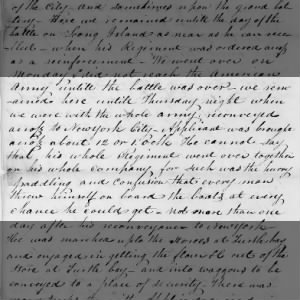

National Aviation Day falls on August 19, Orville Wright’s birthday. It was established in 1939 by President Franklin D. Roosevelt to encourage interest in aviation in the United States. If you’re fascinated by aviation, particularly military aviation, Fold3 is a goldmine of images and documents that will expand your knowledge of the history of flight.
Check out the aviation-related images below from Fold3’s World War II and Vietnam photo collections, which you can access for free with registration. And if they spark your curiosity, try searching Fold3 for more photos like these. (Tip: try using search terms like “plane,” “airplane,” “pilot,” “flight,” and so on.)
World War II
- Search and rescue operations of the 1352nd AAF Base Unit, Air Transport Command, somewhere in India
- The first “Skyrocket” taking off over an Arab farm of French Morocco on the inaugural 4,800-mile run
- Three members of the original black Fighter Squadron
- Tons of bombs speckling the sky over Rangoon, Burma, as they fall from the bomb bays of 20th Bomber Command Superfortresses
- The last North American B-25 to come off the assembly line at the plant in Inglewood, California, covered with the names of the employees
- Flight nurse of the 7th Air Force
Vietnam
- Marines posing for a photo prior to flying into Saigon for evacuation exercises
- A captain of the Marine All Weather Attack Squadron-533 climbing into the pilot’s seat of an A-6 Intruder
- An A-4E Skyhawk aircraft heading for home at sunrise after a night raid over North Vietnam
- A pilot in survival gear used by First Marine Aircraft Wing
- A master gunnery sergeant at the controls of a C-117 passenger-cargo plane
Have you found any interesting aviation-related images or documents on Fold3? Share them with us! Or get started searching or browsing Fold3 for aviation topics.






![Fold3 Image - Map of the battlefield of Gettysburg. [July 1st, 2nd, and 3rd 1863]](https://img7.fold3.com/img/thumbnail/260560747/400/400.jpg)





